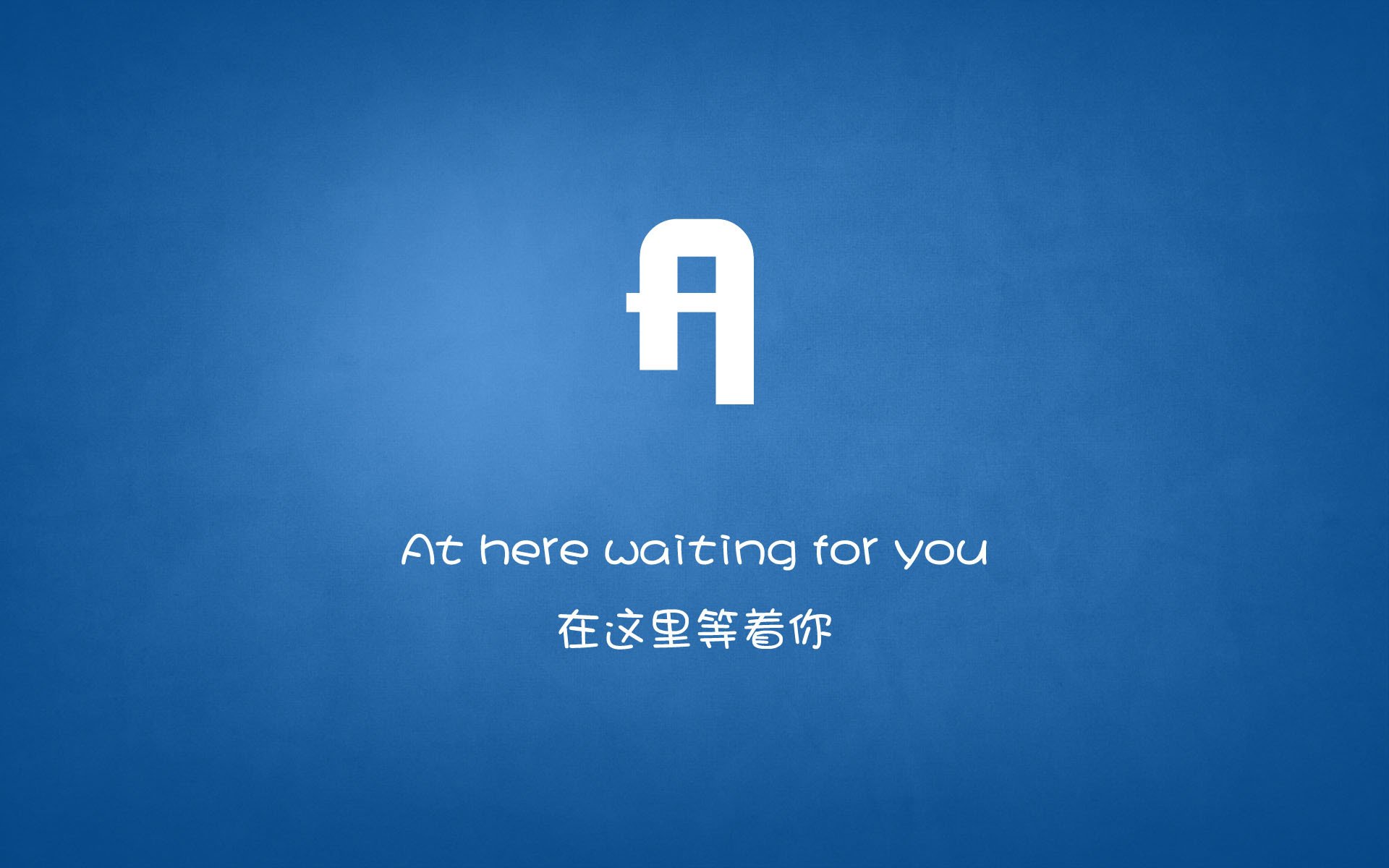在Python编程中,字符串处理是一项常见的任务,而split()方法是用于将字符串分割成列表的重要工具,本文将详细介绍split()方法的用法及其各种变体,帮助你更好地掌握这一技能。
基本用法
split()方法是字符串对象的方法,用于将字符串分割成一个列表,其最基本的语法如下:
str.split(separator, maxsplit)
separator:用于分隔字符串的字符或字符串,如果省略该参数,默认以空白字符(空格、换行符等)进行分割。maxsplit:可选参数,指定最大分割次数,如果省略,则默认分割整个字符串。
示例
s = "Hello World! This is a test."
print(s.split()) # 使用默认的空白字符作为分隔符,结果为 ['Hello', 'World!', 'This', 'is', 'a', 'test.']
print(s.split(' ')) # 使用空格作为分隔符,结果为 ['Hello', 'World!', 'This', 'is', 'a', 'test.']
print(s.split('o', 1)) # 使用 'o' 作为分隔符,最多分割一次,结果为 ['Hell', 'World!', 'This', 'is', 'a', 'test.']
常见应用场景
-
按空格或标点符号分割
在文本处理中,经常需要按空格、逗号、句号等符号分割字符串。
s = "apple,banana;orange:grape"
print(s.split(',')) # ['apple', 'banana;orange:grape']
print(s.split(';')) # ['apple,banana', 'orange:grape']
-
按特定字符分割
有时需要根据特定的字符或字符串来分割字符串。
s = "one|two|three|four"
print(s.split('|')) # ['one', 'two', 'three', 'four']
-
限制分割次数
当需要对字符串进行有限次分割时,可以使用maxsplit参数。
s = "one,two,three,four"
print(s.split(',', 2)) # ['one', 'two', 'three', 'four']
# 注意:这里虽然指定了最大分割次数为2,但实际只进行了一次分割,因为第三个逗号后没有有效字符。
注意事项
-
空字符串和None
如果separator为空字符串或None,split()方法将返回一个包含原字符串的列表。
s = "hello world"
print(s.split("")) # ['hello', 'world']
print(s.split(None)) # ['hello', 'world']
-
多级分割
当需要对字符串进行多次不同级别的分割时,可以结合其他字符串处理方法。
s = "one,two;three|four"
result = s.split(';')[0].split('|')[0].split(',') # ['one', 'two', 'three', 'four']
-
处理复杂情况
对于复杂的分割需求,可能需要结合正则表达式等高级功能。
import re
s = "one123two456three789four"
result = re.split(r'\d+', s) # ['one', 'two', 'three', 'four']
通过本文的介绍,相信你已经掌握了Python中split()方法的基本用法及其各种变体,无论是简单的按空格或标点符号分割,还是复杂的多级分割,split()方法都能轻松应对,在实际编程中,灵活运用split()方法,可以大大提高字符串处理的效率和代码的可读性,希望本文能对你有所帮助,祝你在Python编程的道路上越走越远!













 京公网安备11000000000001号
京公网安备11000000000001号 滇ICP备2023005394号-1
滇ICP备2023005394号-1
还没有评论,来说两句吧...